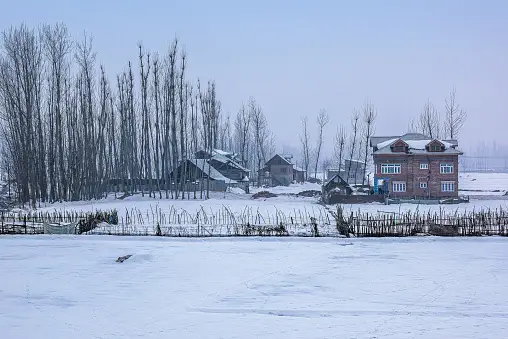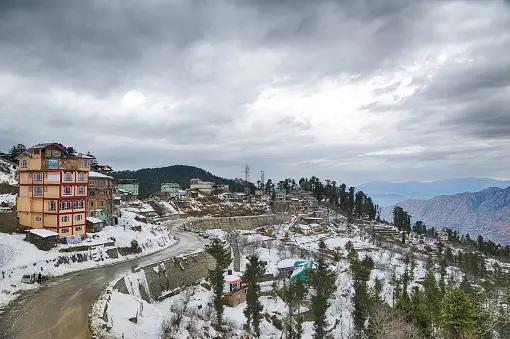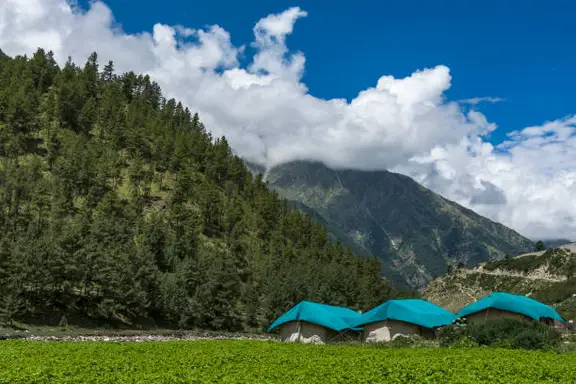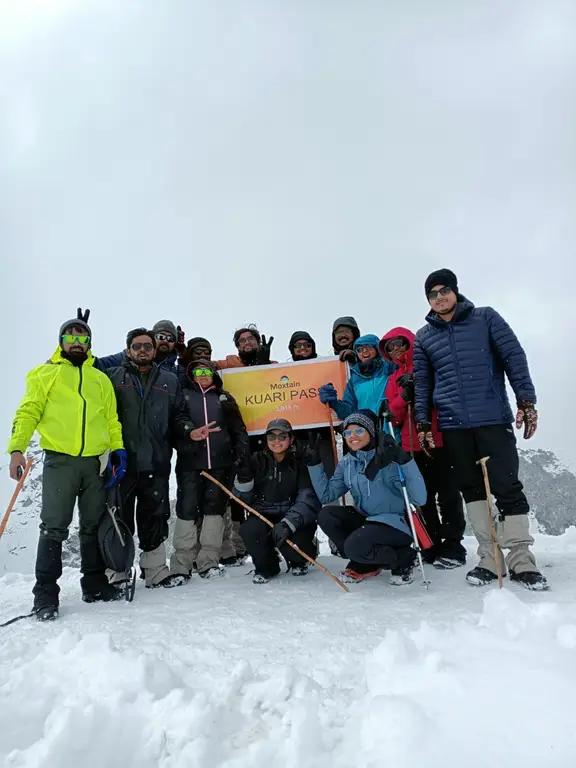How to wear sunglasses with spectacles while trekking?
Trekking is considered one of the people's favorite adventurous activities, and to savor it thoroughly, you need appropriate eyewear. It is through eyes; you can breathe in the beauty and guide yourself to safety. People wearing spectacles often have to make a series of informed decisions to decide which sunglasses they will wear with spectacles.
There are multiple choices: fit-over sunglasses, sunglasses with power, clip-on sunglasses, photochromic lenses, or simply wearing sunglasses over specs. Whether to wear specs or contact lenses is another puzzle to solve. It is crucial to make the right choice to secure comfort, convenience, and efficiency. The following article will discuss the necessity to wear sunglasses, how to wear sunglasses with spectacles, and will elaborate on specs and contact lenses.
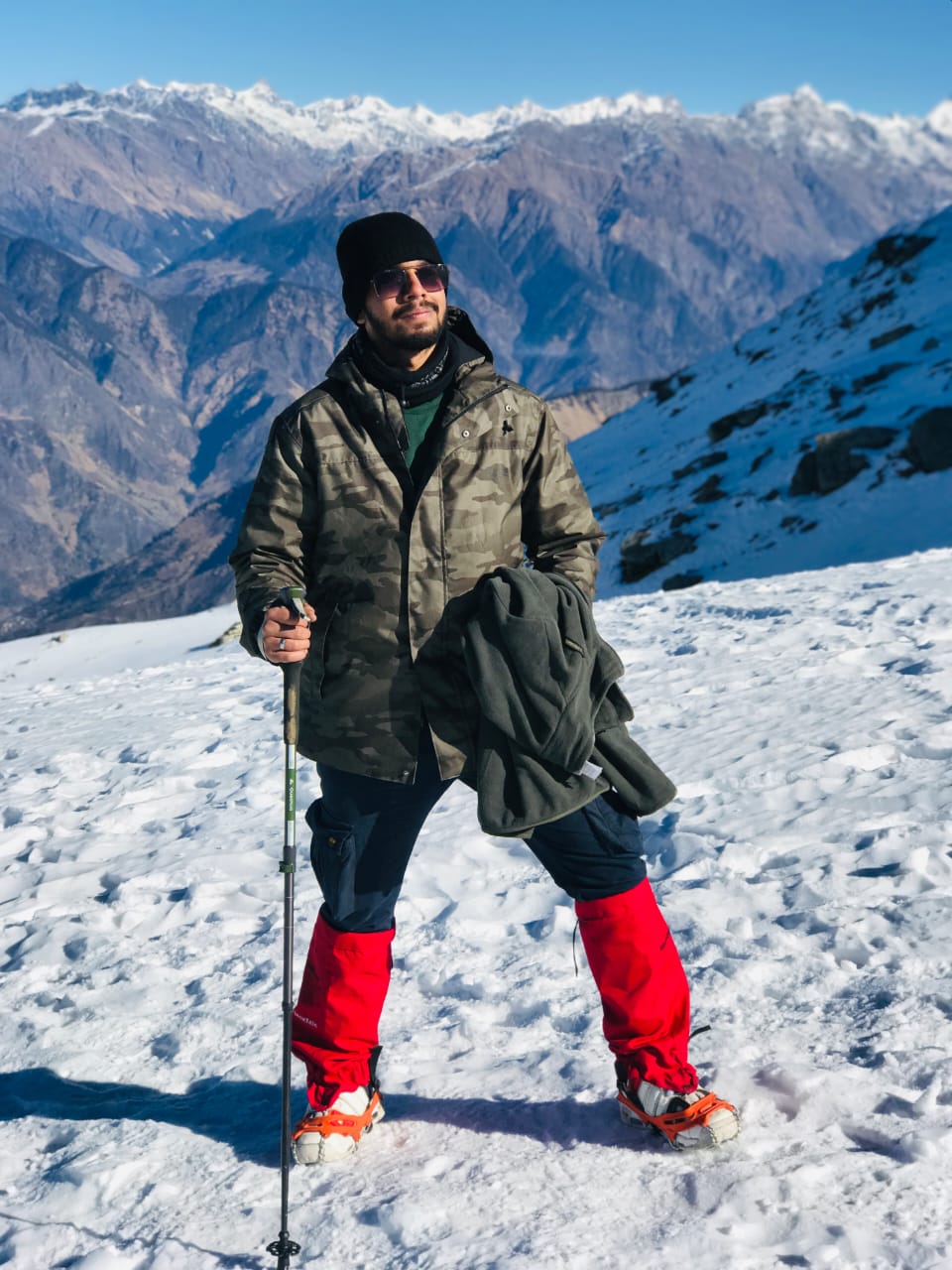
Why are sunglasses important while trekking?
While trekking gives you, the much-needed reconnect with nature, boosts your mood, gives adrenal rush and memories to cherish forever. It comes with its own set of risks; it puts you at risk of exposure to harmful UV sun rays. The danger is greater, especially on high-altitude, elevated treks, and snow hikes. Sunglasses is thus important as it protects your eyes as eyes are as prone to sunburn as skin.
Ultraviolet (UV) rays form 5-10% of sunlight but are the most dangerous. Prolonged excessive exposure to UV rays damages the outer area of the eye, cornea, conjunctiva, DNA of skin cells and cause cataract, eyelid cancer, and eye sunburn, also known as photokeratitis. It also causes severe headaches, snow blindness, and pterygium.
UV rays consist of three types- UVA, UVB, and UVC. UVA belongs to the lower spectrum is associated with the sunrays, composing 95% of UV radiation approaching us. This doesn't make it less harmful; it damages the eye's retina.
UVB rays are of the second level forming 5% of the sun rays but are more dangerous and powerful than UV rays. It is absorbed by the cornea leading to cataracts, eyelid cancer, and snow blindness. As you hike on elevation, its effects become more vigorous.
You may also like: How to dress up for an Himalayan Trek
UVC rays of the highest spectrum are the most powerful and are absorbed by the earth's atmosphere, preventing them from reaching us.
While trekking, the vulnerability increases because of elevation more reflective surfaces like snow, water, and glaciers. At higher altitudes, the atmospheric layer becomes thinner, which defeats the first-line defense of ozone and water vapor in the atmosphere. For every 1,000 m, there is a 10% rise in the UV level. Snow is a highly reflective surface, reflecting up to 80% of UV radiation, which is twice the normal. Even on cloudy days, you are susceptible to UV rays exposure.
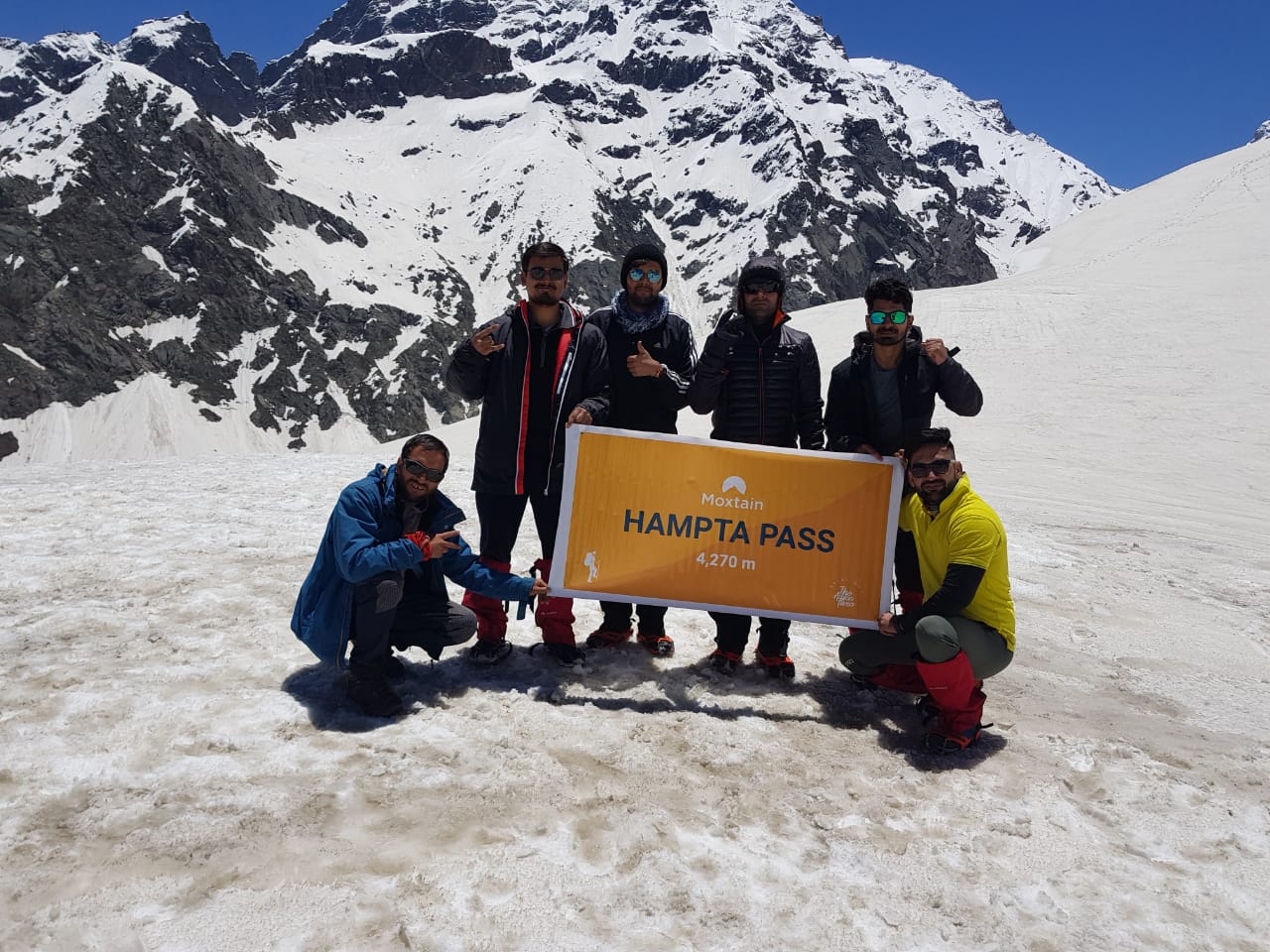
Hiking sunglasses save you from ruining a trek or any possible mishaps, as snow blindness can cause throbbing, temporary vision loss, blurry vision. In rare cases, when snow blindness is not treated appropriately, it can lead to permanent loss of sight. Sunglasses will protect you from reflection and UV rays.
You may also like: Why Sunglasses Are Crucial For Himalayan Trek?
UV protected sunglasses and polarized lens: What to carry while trekkeing
Hiking sunglasses are UV protected, which essentially have a thin UVA and UVB blocking material coating. Sunglasses with UV 400 protection are the best, it blocks 100% of the harmful rays, and light rays of wavelength 400 nanometres like the UVA and UVB sun rays are blocked.
While UV-protected sunglasses defend the eye against UV rays, a polarized lens with extra chemical coating reduces the glare and absorbs sunlight. The chemical that darkens the lens filters the light, creating a vertical opening for sunrays allowing only vertical rays to pass through. It blocks horizontal light, which, after reflecting, sometimes causes glare and deduces the visibility. It improves the visibility as it lessens the glares reflecting off from snow, water, ice and provides more comfort. Polarised UV glasses work perfectly for trekking.
Remember that UV protection and polarized lens are not the same things. The polarized lens does not provide UV protection unless the label on the sunglasses mentions otherwise. It is always preferable to buy sunglasses that have both UV protection and polarized to protect you from both UV rays and glares.
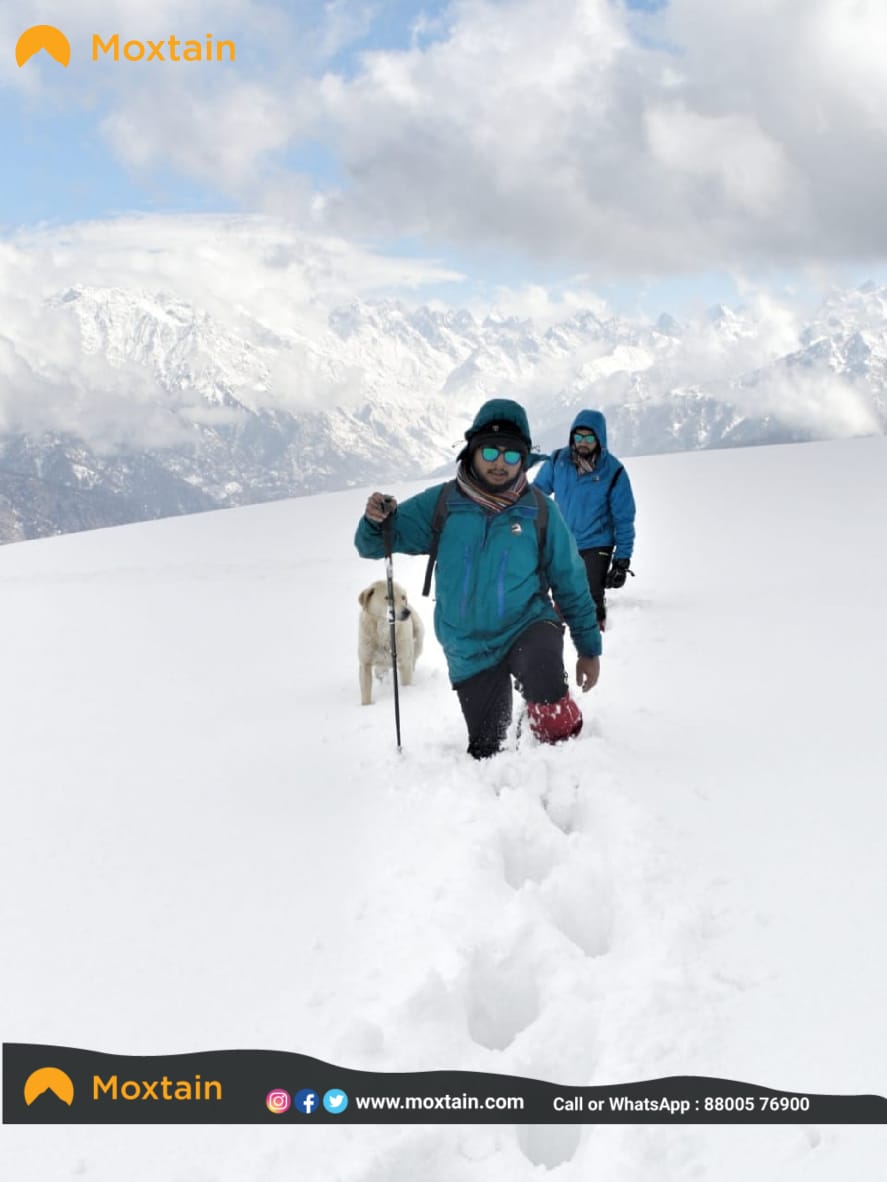
What should I do if I wear spectacles or lenses?
Spectacles or lenses, it should not stop you from summiting the peak you dreamt of. Wearing and investing in hiking sunglasses is extremely important, and it doesn't matter if you wear spectacles or lenses as there are multiple options of sunglasses for glasses wearers.
How to wear sunglasses with spectacles while trekking:
1. Wear sunglasses over spectacles
It is the easiest way to wear sunglasses over prescription glasses. It can be worn for small treks. It has a few drawbacks like it can be uncomfortable on the nose and temples and can keep slipping if it is not of the proper size. Sunglasses can cause scratches on the glasses as it rubs or strike on the spectacles. It also weighs a tad heavier.
2. Clip-on Sunglasses
Clip-on sunglasses give the option of attaching glasses to the spectacles. It has an easy attaching and removal mechanism. It is economical, convenient, and much more stylish. The right pair of clip-on sunglasses over prescription glasses can save all your hassles. Softly stretch the clip-on frame, situate it on the prescribed spectacle frame and ensure that the clip-on covers the front edge neatly. The limitation of clip-on sunglasses over prescription glasses is that it doesn't offer protection to the eyes from the sides and can scratch the spectacles.
3. Sunglasses with power
Prescription glasses are an alternative for both sunglasses over spectacles and clip-on sunglasses. The customized hiking sunglassesserve the dual purpose of correcting your vision and protecting you from UV rays. Sunglasses with power is the most suitable sunglass with a polarised lens that fits the wearer's eye power. But it is expensive, costing up to Rs. 1000, and also has the additional cost for other features of the lenses like the anti-fog, scratch resistance, water-resistant coating leading up to INR 5000.

Moreover, if the power of the eye changes, you will have to replace the lenses. You will have to carry a pair of prescription glasses, just in case this one breaks in the trek. It is an ideal sunglass for regular trekkers and for those whose eye power is mostly stable.
4. Fit over Sunglasses
Fit over sunglasses is an alternate version of clip-on glasses with rather than just attaching the lenses over the spectacles, you wear the whole sunglasses on top of the specs. They contain slots in which your prescription glasses' temples can be inserted.
Fit-over glasses are designed with light shells that fit adequately over most of the spectacles. It is comfortable, more affordable than the sunglasses with power, and provides better protection from sun rays as it covers the bottom, side, and top of the frame. Polarised lenses in fit over sunglasses work best in the snow, and it can be constructed more impact resistant. It is preferred in snow treks as they suspend the side glare.
5. Photochromic lenses
Photochromatic sunglasses are light adaptive lenses that transit depending on the exposure to the sun from clear glass to anti-glare dark shade. The UV energy from the sun activates the chemicals that cause photochromic glasses to darken. Since UV rays penetrate clouds, photochromic glasses darken on gloomy as well as sunny days. It is available in a wide range of lens materials and designs.
The feature of color changing automatically can be uncomfortable for a few and are also very costly. Also, these lenses should be brought in a full-frame spec as frameless can easily break. It is expensive and might not be worth your money.
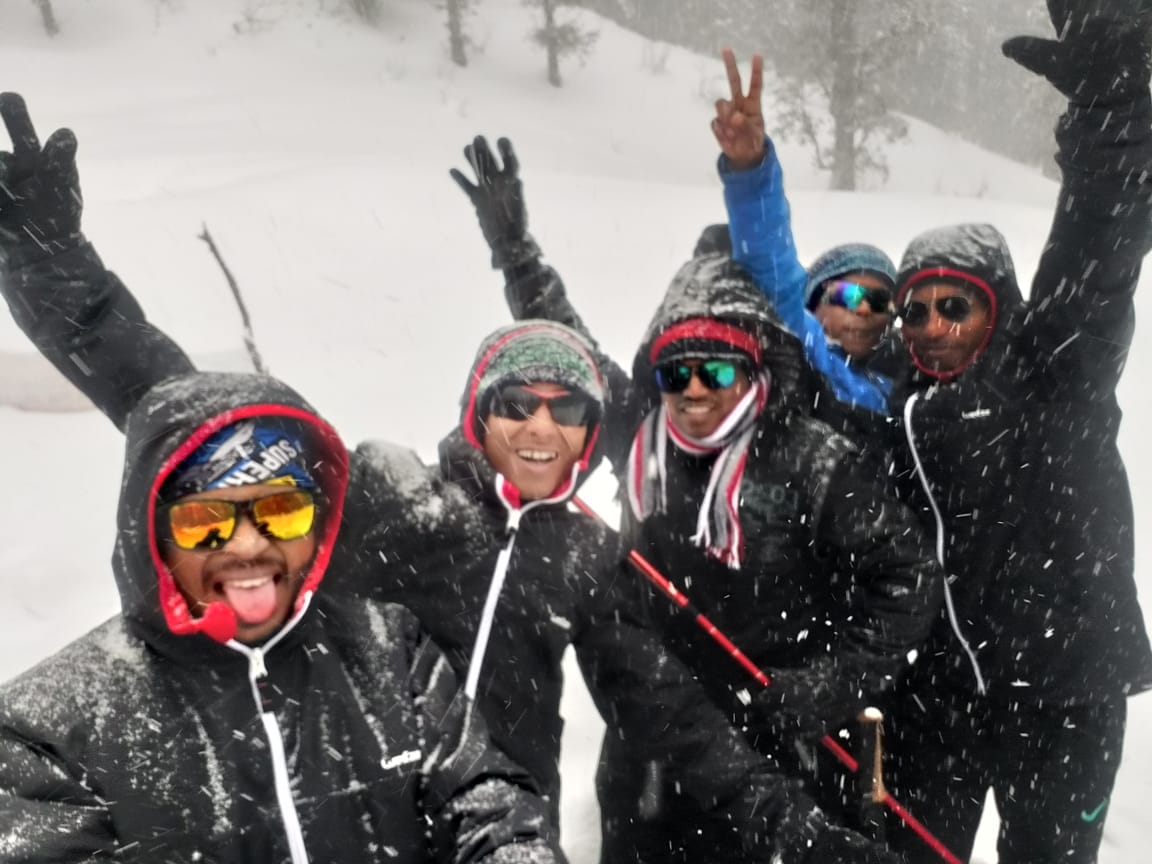
Lens or specs? What is preferable in the high-altitude treks?
The most common bone of contention for bespectacled hikers is the dilemma between lens and specs. Both have their advantages and disadvantages.
Contact lenses for sure provide better vision and comfort. It is a better option in terms of wearing sunglasses. It saves you from the fog that accumulates on specs, sparing you from the constant hunt for clean cloth to wipe the lenses. It can last up to 10 hours, and there is no worry of breakage.
But, contact lenses have to be removed and put on from clean hands, which is quite difficult on a trek as hygiene usually is not the first priority. To ensure hygiene, you have to take extra care like hand cleansing, sanitizing, carrying more solutions, and refilling fresh solutions daily. The solutions have a tendency to freeze in cold weather; to avoid this, it has to be kept in a sleeping bag or pockets.
There is a high possibility of losing the lenses; it can come out anytime, while washing face, rubbing eyes, it can also tear off. It is easier to get eye infections like conjunctivitis on high-altitude treks. You will also have to learn to change lenses in the dark and without a mirror. Contact lenses require you to carry eye drops, extra lenses, solution and spare spectacles, and even disposable lenses.
Spectacles, on the other hand, are versatile, cheaper, and easier to wear. It gives improved protection against dirt, wind, and other microbes. You only have to carry a hard case and wiping cloth. It is a good option if spectacles are full-frame glasses and have a nose grip attached to their frame.
But specs can break and can be lost easily while crossing streams and cannot be carried to certain places. Wearing specs while sweating can be a problem as it keeps on slipping from the nose and can make glasses foggy. Fog is caused even when there is a change of weather, which is very common in the mountains. Rain is another concern; as specs get foggy, it slips, droplets compromise the vision, and maintaining a dry cloth is challenging. Extra precautions must be taken at night so that specs are not misplaced or broken.
It depends on the personal choice of the trekkers and their comfort, but first-time trekkers can begin with specs and those who have power up to -2.00. Trekkers with considerable experience with contact lenses can choose lenses over specs. All boils down to the convenience and preference of the hikers.
To truly enjoy the trek and prevent any misfortune, choosing the right eyewear and taking proper care of the eye is important. Putting money in good-quality sunglasses is absolutely essential as one wrong step has the potential to wreck the trek. Fit-over and clip-on sunglasses over prescription glasses stand as good options to wear with spectacles. However, in the end, it is on you to decide how to wear sunglasses with spectacles.




